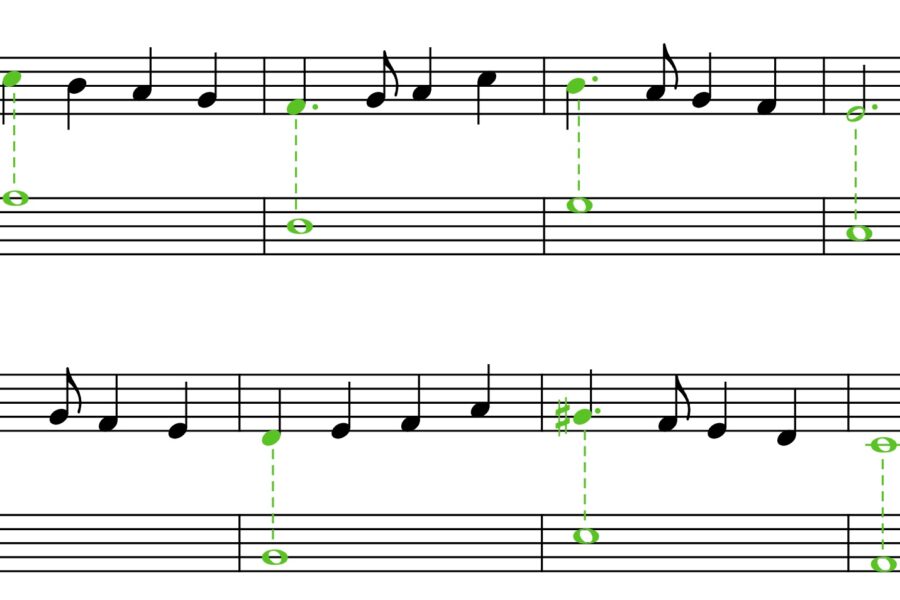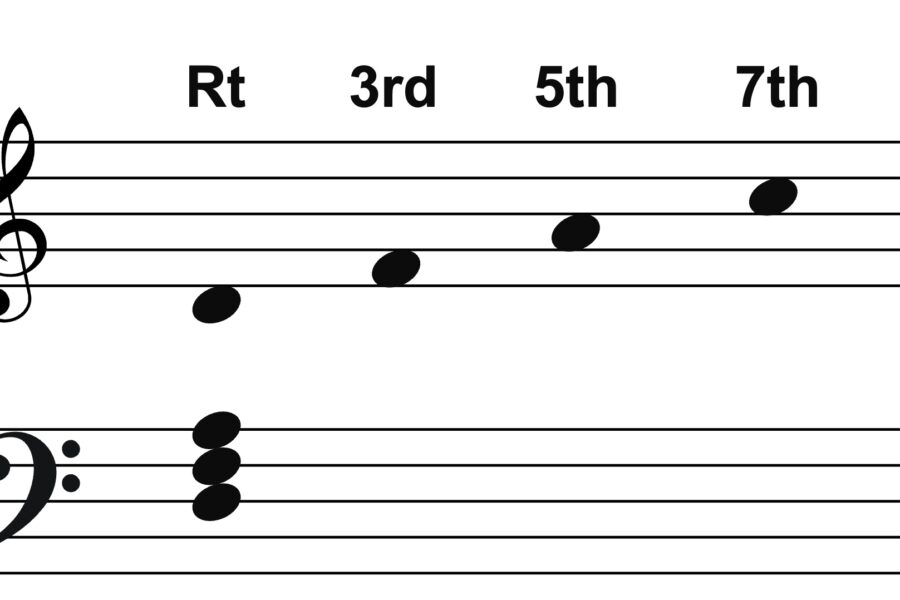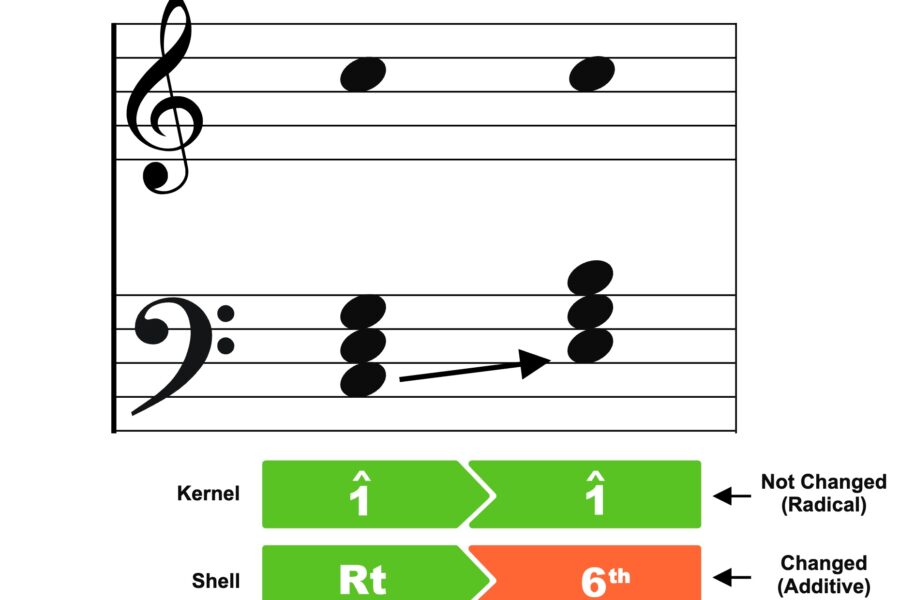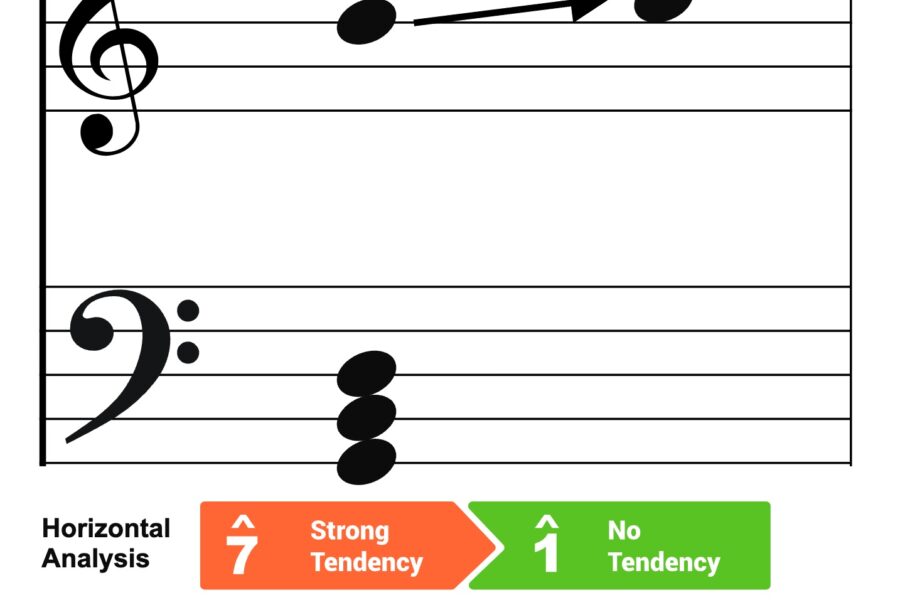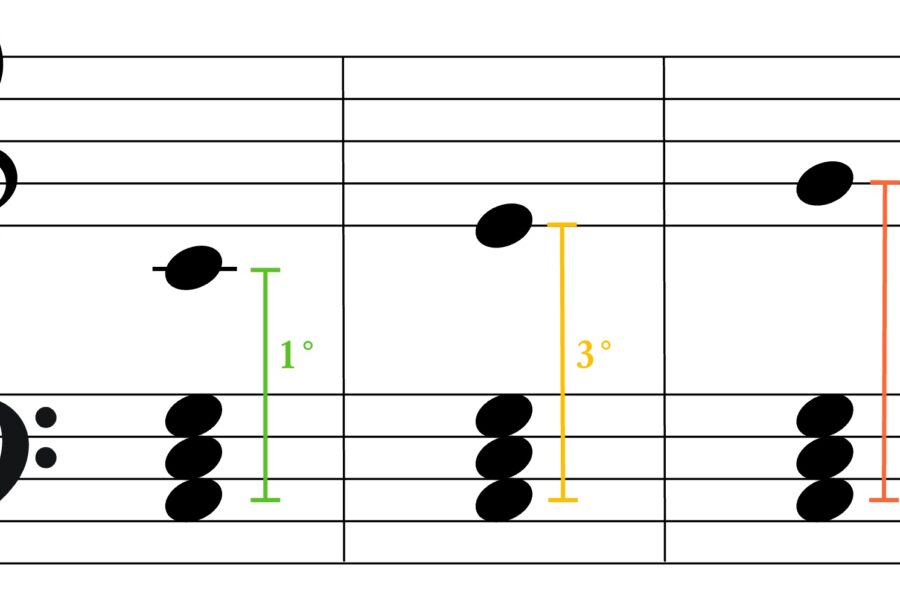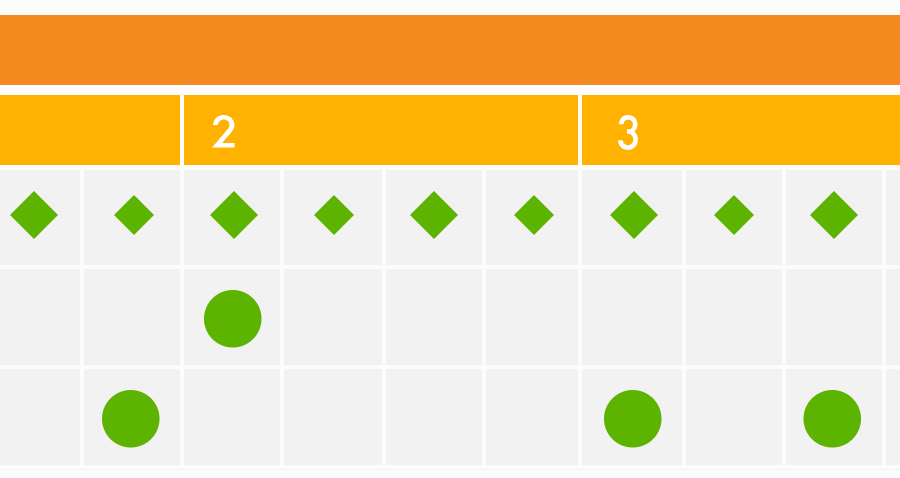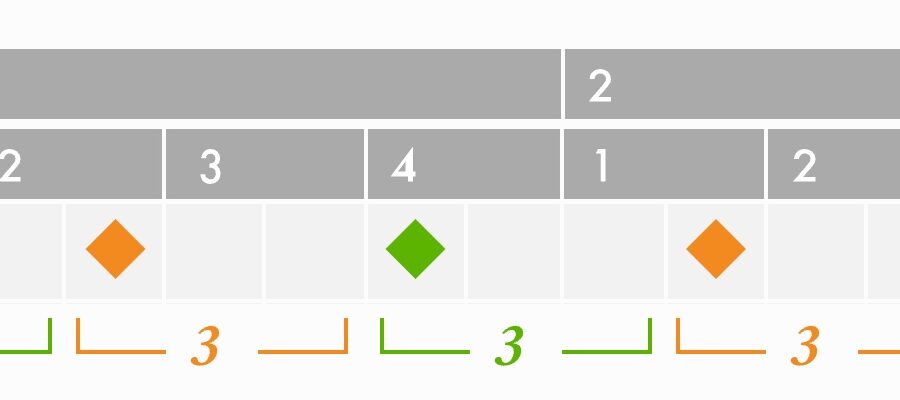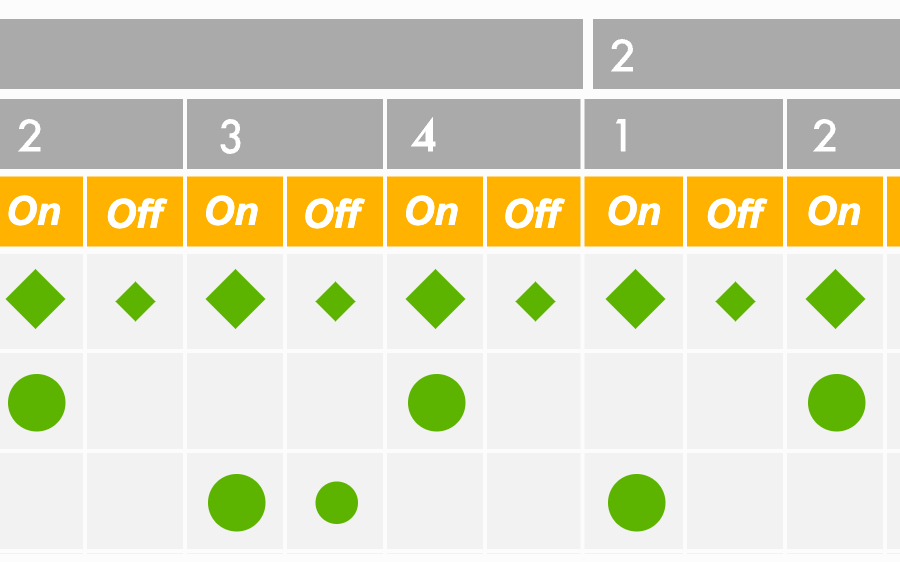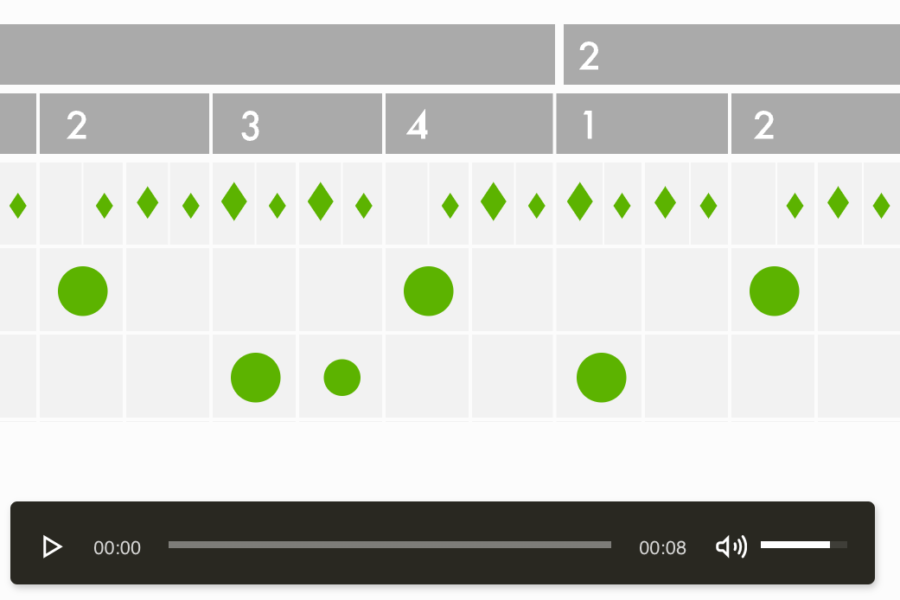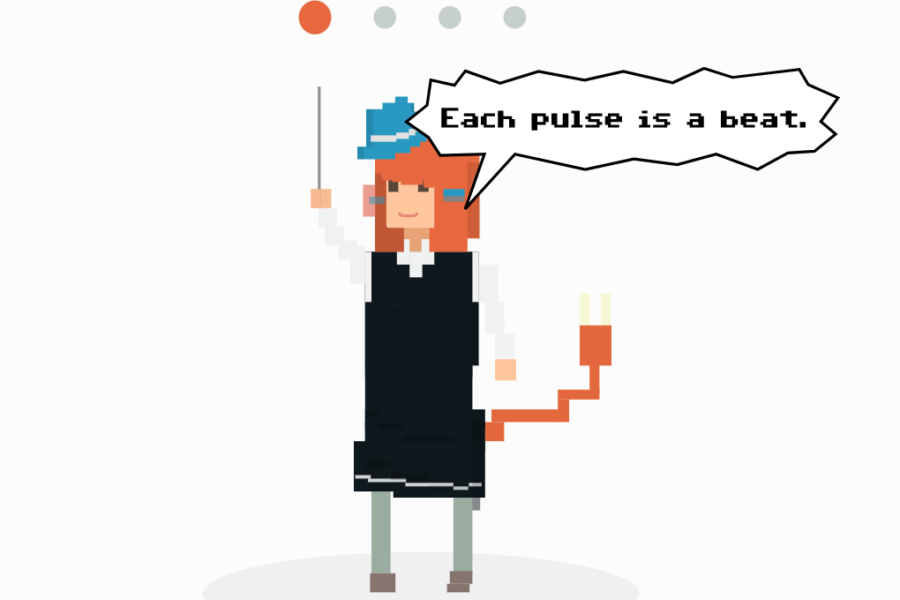This time, I will introduce the 3rd shell, which I described as an "ace" before. 1. Characteristics of the 3rd Shell The is the note that determines the major/minor quality of a chord. Therefore, when this note is used as a melody, it significantly amplifies the chord's harmonic color. Compared to or , it has a rich and soft sound.…
yutaApril 24, 2024
